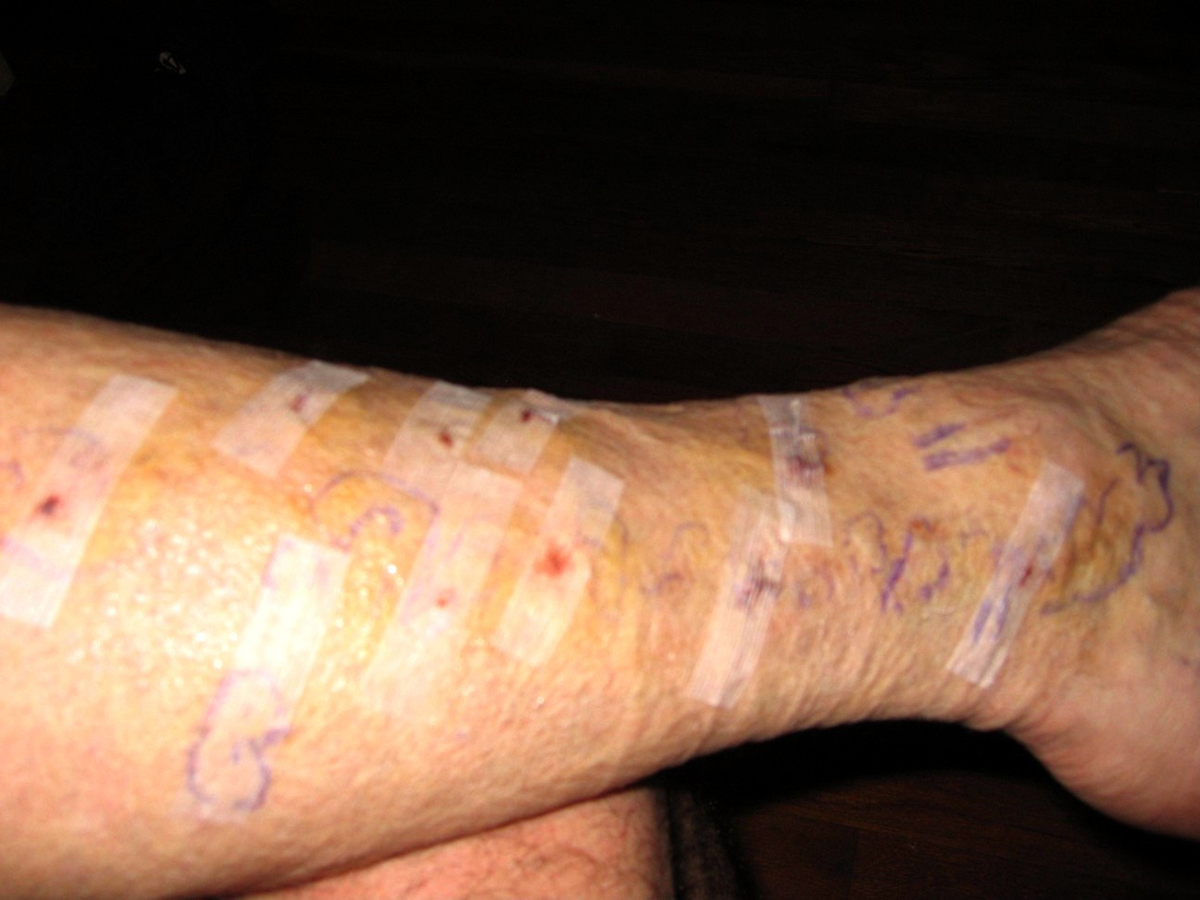
Why do spider veins occur and how to recognize them?
Unlike varicose veins, which are extremely enlarged and red, blue or purple in color, spider veins are of similar color, but much smaller. They look like lines and are approximately the size of a hair, but since they resemble spider webs, thus their name. The main areas in which they tend to appear are thighs and ankles, although they may occur on calves as well, causing ache, feeling of heaviness, itching or even cramps at night. It is also possible for them to appear on face (on the nose or cheeks), but regardless of the area, the main reasons why they occur are injury, exposure to the sun, hormonal changes (due to pregnancy, puberty, birth control pills or hormone replacement therapy). Generally, people seem to inherit from their parents the susceptibility to spider veins.
What can be done to prevent their occurrence and can they betreated?
It is not always possible to prevent spider veins, although it is a fact that keeping the weight at an optimal level, as well as regular exercising may contribute a lot to the prevention. Supposedly, adding foods that are rich in fiber and wearing shoes that do not have high heels also helps, as well as an adequate protection from the sun.
As for the methods of treatment, there are several methods available. For example, spider veins on face can be treated with laser, electrodessication and intense pulsed light, and all the three methods have proven to be successful. Spider veins on other parts of the body, and legs particularly, can be treated with the help of sclerotherapy and laser therapy. Sclerotherapy consists of injecting a special solution into the veins in question, and this solution makes the veins disappear. No anesthesia is required with this procedure, which is done on an outpatient basis. Depending on the case, two or three treatments are usually necessary. When treated with laser, spider veins are subjected to the intense beam of light, and two or three treatments are usually necessary here as well for the results to be seen. There are cases in which the combination of these two methods is suggested. Even though these procedures are generally considered safe, some risks are possible, and the patient should be well informed about them in advance. They include scarring, bleeding, infection, allergies, skin irregularities, discoloration and swelling, but whether or not any of them will appear depends on several factors. Finding a good surgeon with even better reputation will certainly diminish the risks.


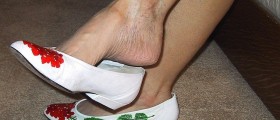




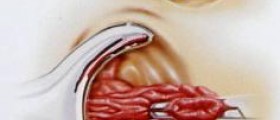



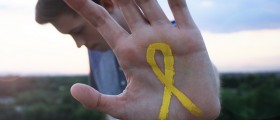

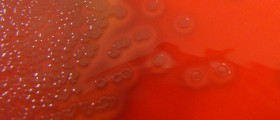
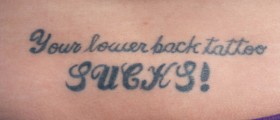

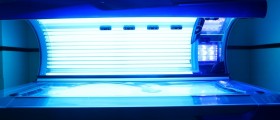
Your thoughts on this
Loading...